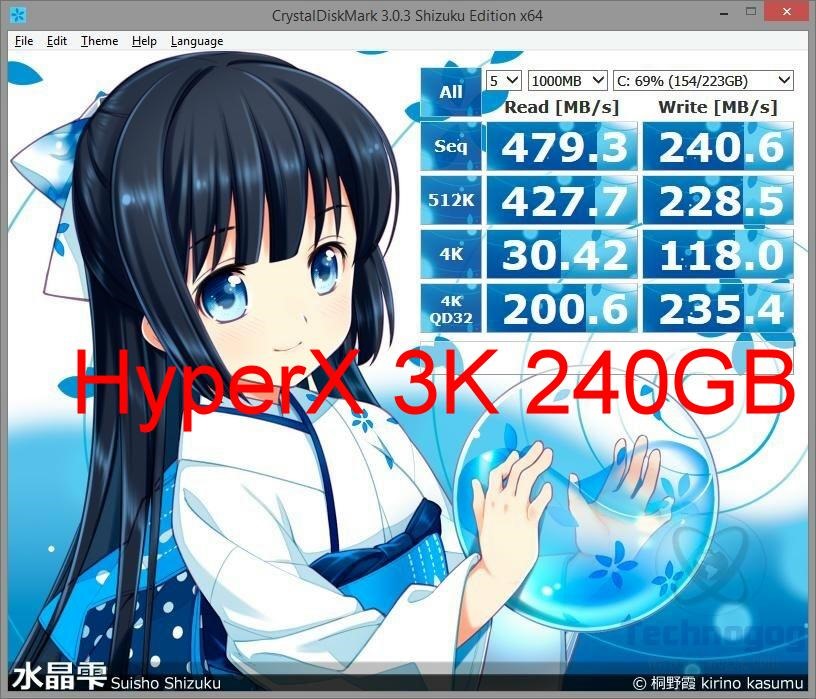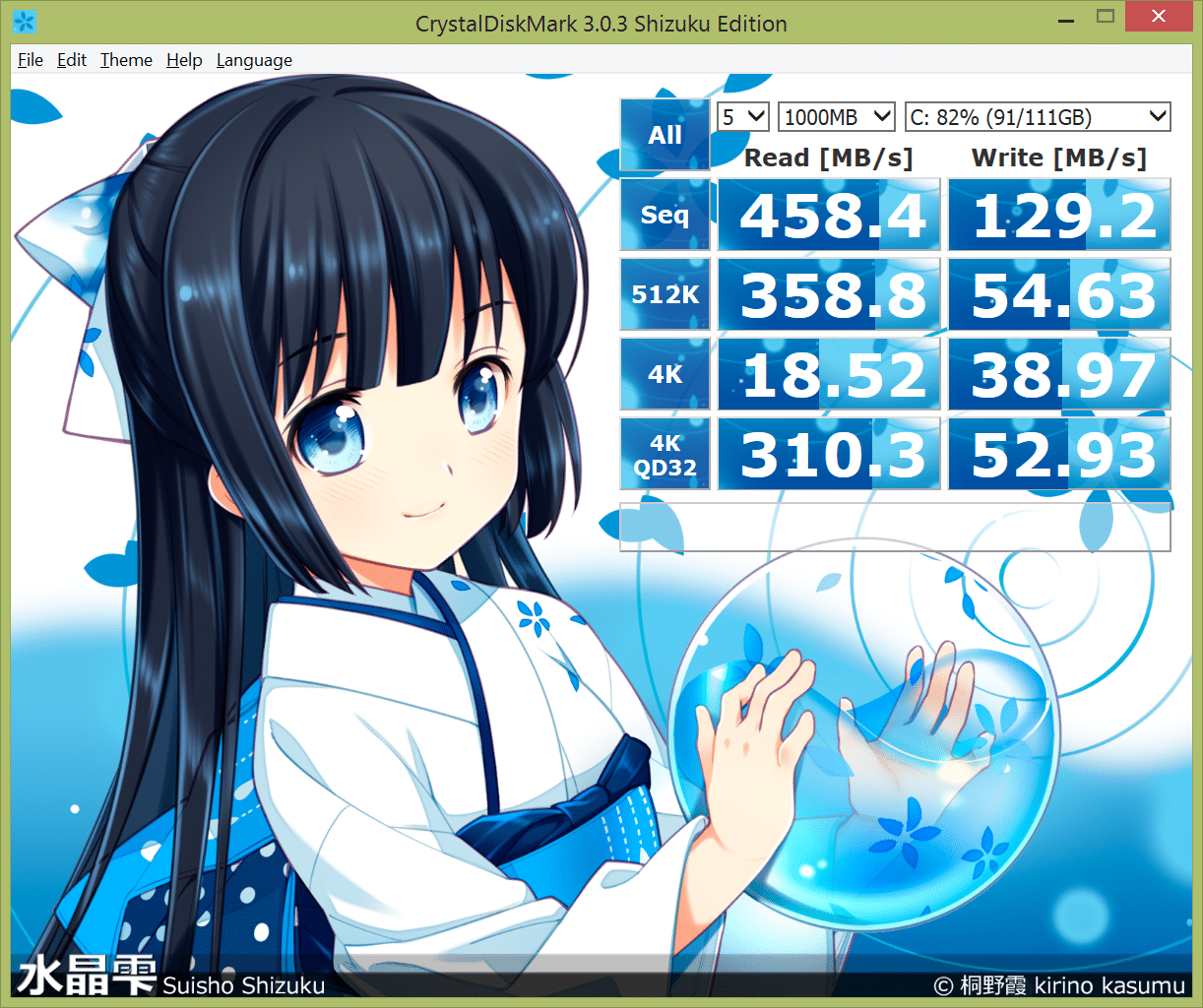



Even though i'm pretty sure nothing bad will happen with this SSD, a low health indicator will be hard to explain when you want to sell the SSD one day, for example. Personally, i would probably RMA this SSD nonetheless. Your plane is still perfectly fine to stay airborne until your destination. You will not suddenly crash into the ground when the flight level hits zero. Your eyes and your common sense tells you that this is a sensor error. This is like flying a plane in clear weather with a steady altitude, but your flight level sensor is showing that the plane is on a steep descent. In all likelihood, the actual NAND cells are doing absolutely fine. The health value decreases too rapidly by the factor 10 or something. So the SSD will show bad health sometimes ten times earlier than when it's actually dying.īut secondly, even in that bad algorithm, there can be bugs. Often times, they are way off the mark there, because they like to be conservative (which benefits them because they don't have to deal with warranty claims of an SSD that went beyond the TBW value). It's a very unscientific calculation they implement in the firmware, where they mostly factor in how many times they think the cells can be overwritten, in other words, it's related to the TBW spec.

You have to realize that the health number has no actual bearing on how long the SSD is going to last.


 0 kommentar(er)
0 kommentar(er)
